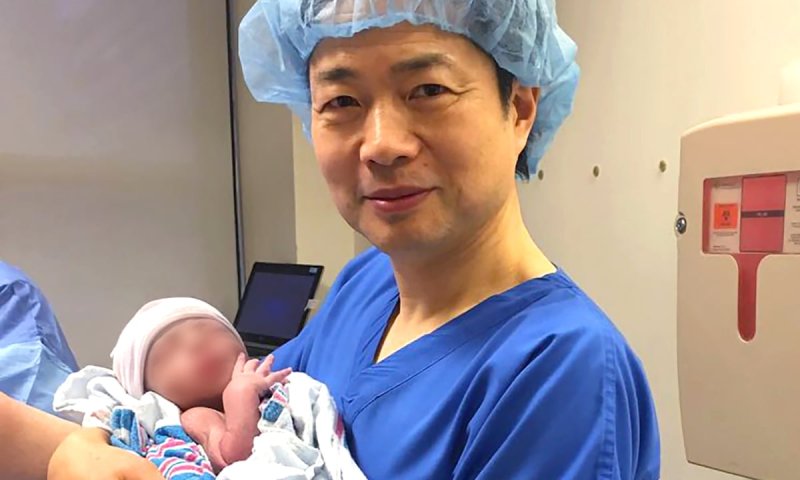
Babies Born With 3 People DNA Hailed As Breakthrough

So far, eight children have been born, all reportedly healthy, thanks to the long-term efforts of scientists and doctors in Newcastle, England. Should this be a cause for excitement, disappointment or concern? Perhaps, I would suggest, it could be a bit of all three.
According to the NDTV the New England Journal of Medicine has published two papers on a groundbreaking fertility treatment that could prevent devastating inherited diseases. The technique, called mitochondrial donation, was used to help 22 women who carry faulty genes that would otherwise pass serious genetic disorders - such as Leigh syndrome - to their children. These disorders affect the body's ability to produce energy at the cellular level and can cause severe disability or death in babies.
The technique, developed by the Newcastle team, involves creating an embryo using DNA from three people: nuclear DNA from the intended mother and father, and healthy mitochondrial DNA from a donor egg. During the parliamentary debates leading up to The Human Fertilisation and Embryology (Mitochondrial Donation) Regulations in 2015, there were concerns about the effectiveness of the procedure and its potential side-effects.
The announcement that this technology has led to the birth of eight apparently healthy children therefore marks a major scientific achievement for the UK, which has been widely praised by numerous scientists and patient support groups. However, these results should not detract from some important questions they also raise.
First, why has it taken so long for any updates on the application of this technology, including its outcomes and its limitations, to be made public? Especially given the significant public financial investment made into its development.
Technique, developed by the Newcastle team, involves creating an embryo using DNA from three people: nuclear DNA from the intended mother and father, and healthy mitochondrial DNA from a donor egg. During the parliamentary debates leading up to The Human Fertilisation and Embryology (Mitochondrial Donation) Regulations in 2015, there were concerns about the effectiveness of the procedure and its potential side-effects.


